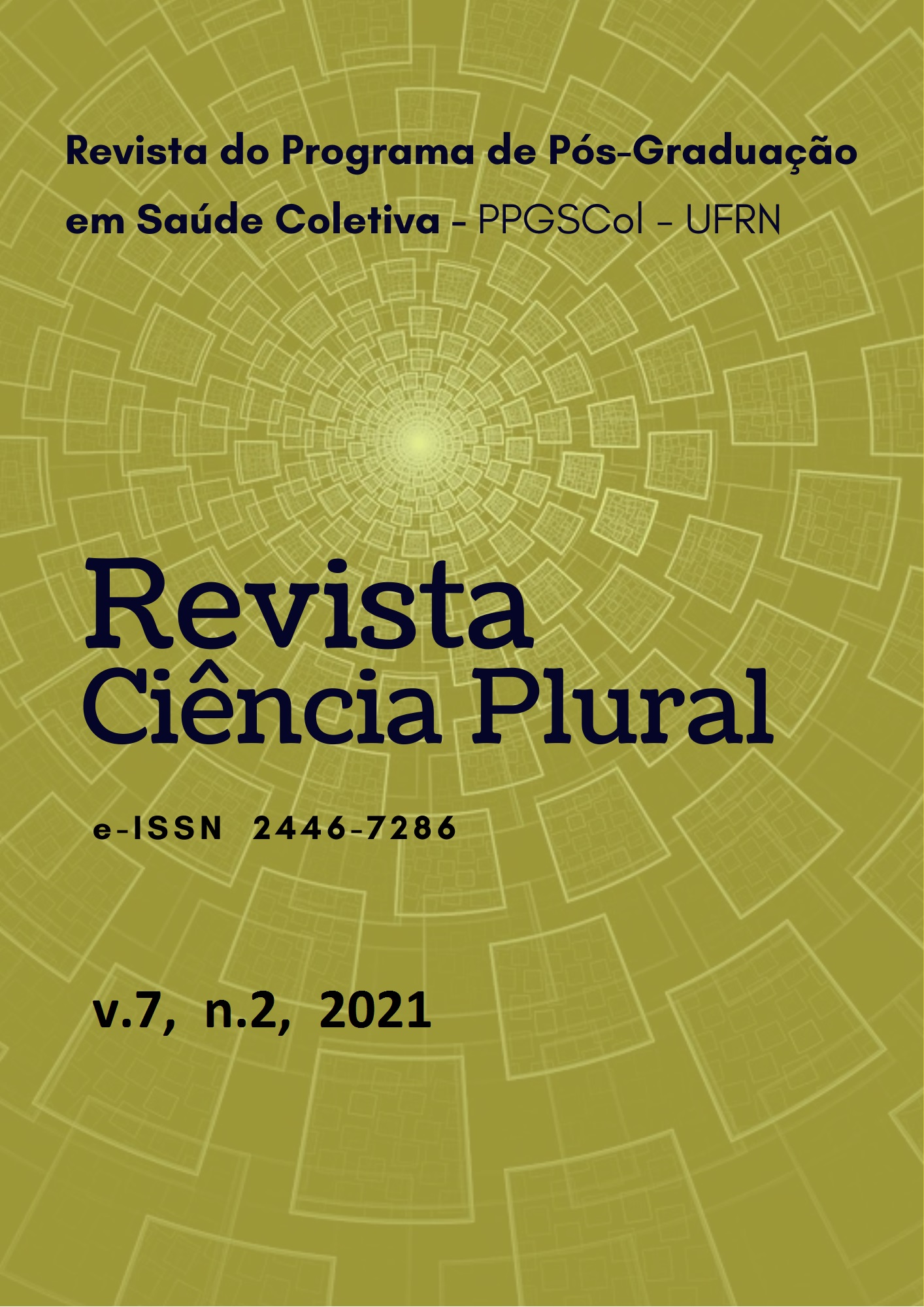EFEITO DO ACABAMENTO E POLIMENTO SOBRE A TOPOGRAFIA SUPERFICIAL DE UMA RESINA COMPOSTA CONVENCIONAL E UMA BULK FILL
DOI:
https://doi.org/10.21680/2446-7286.2021v7n2ID22447Abstract
Introduction: Resin compounds are very common materials in the dental clinic's daily routine. Despite their advantages and excellent properties, conventional composite resins still have limitations, such as longer clinical time and failures in adhesion. Thus, there is the emergence of Bulk-Fill resins, which among its advantages and properties are: less clinical time, low polymerization shrinkage, greater translucency, in addition to properties that lead to better handling, clinical time and surface topography. Objective: To evaluate the surface topography of restorations made with different types of composite resin before and after submitting them to different finishing and polishing systems. Methodology: One hundred specimens (CP) were made, 50 of each resinous compound, presenting five groups (n = 10) randomly drawn according to the finishing and polishing system (AP) employed. Filtek Z350 XT resins (3M ESPE, St. Paul, MN, USA) and Bulk Fill were used. Filtek One Bulk Fill resins (3M ESPE, St. Paul, MN, USA) and finishing and polishing systems: Sanding Discs Sof-Lex Pop On Kit (DL); Sof-Lex Spiral Diamond Disc (DE); Enhance Tip (PE) and Multilaminated Carbide Drill No. 0283F (BM), which were compared to surface left by the Polyester Strip (Negative Control - CN). After 7 days of storage in distilled water, the PCS were subjected to surface analysis by Scanning Electron Microscope (SEM). Results: The Bulk Fill resin PC had better results in the AP system with BM and worst result with DE, while PE and DL had similar results. The Filtek Z350 XT resin PC had better visual appearance of superficial smoothness in the CN group and worse result in the ED group. Conclusions: Thus, the system that presented the best result was with BM in Bulk Fill resin, while Filtek Z350 XT was better in group C. However, further studies are needed to consider other variations in the methodology employed. to arrive at a more efficient finishing and polishing protocol.
Downloads
Downloads
Published
How to Cite
Issue
Section
License
À Revista Ciência Plural ficam reservados os direitos autorais referente a todos os artigos publicados.

 Português (Brasil)
Português (Brasil) English
English Español (España)
Español (España)










2.png)
